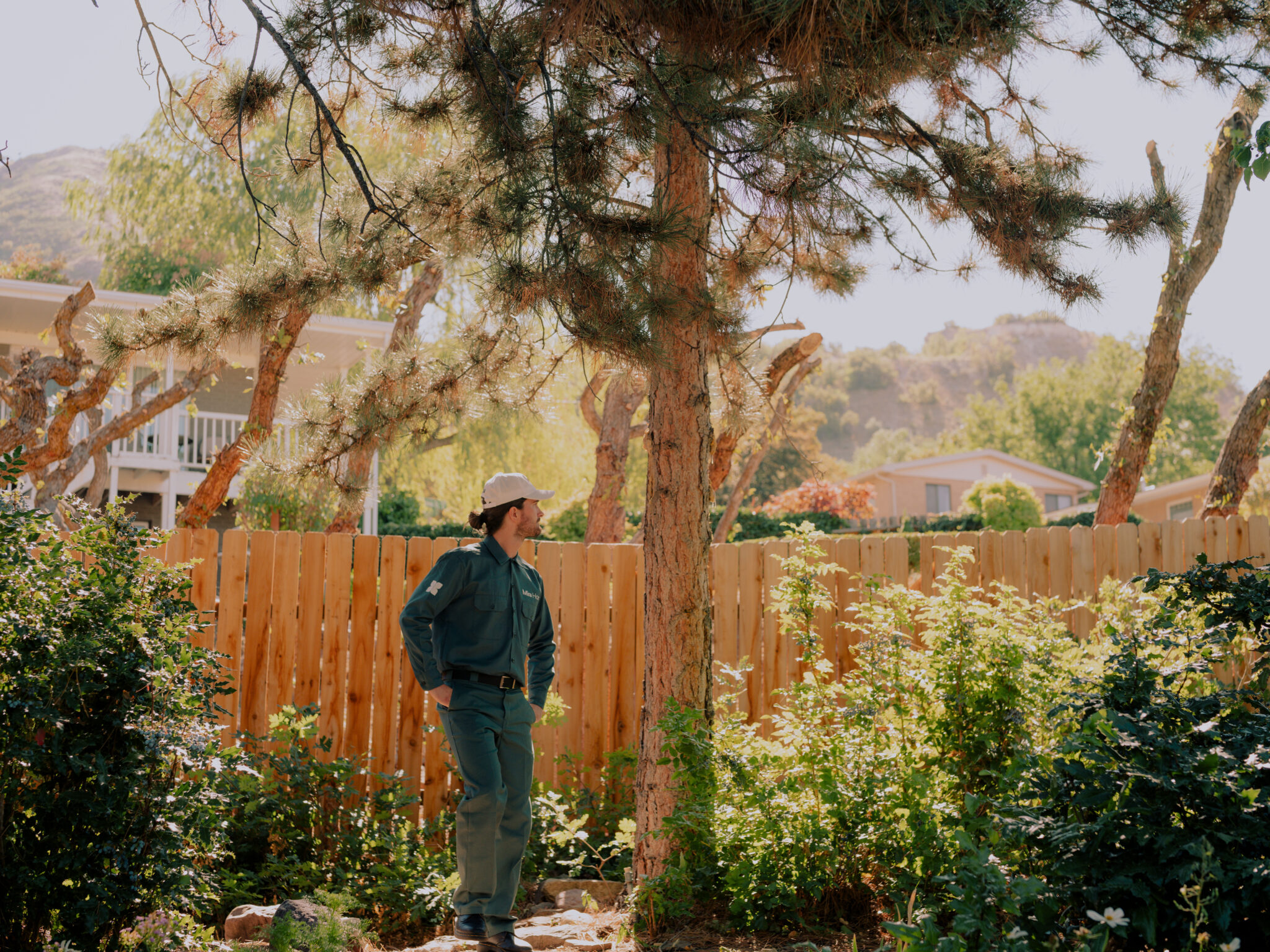Yellow jackets are more than just a backyard nuisance—they’re territorial, aggressive, and their stings can be dangerous, especially for children, pets, or those with allergies. Locating their nest is the first step to stopping an infestation before it becomes a bigger (and riskier) problem.
In this guide, we’ll walk you through how to safely and effectively find a yellow jacket nest, what to watch for, and when it’s time to call a professional. Don’t worry—if DIY detection feels overwhelming, Mira Pest is always just a call away.
